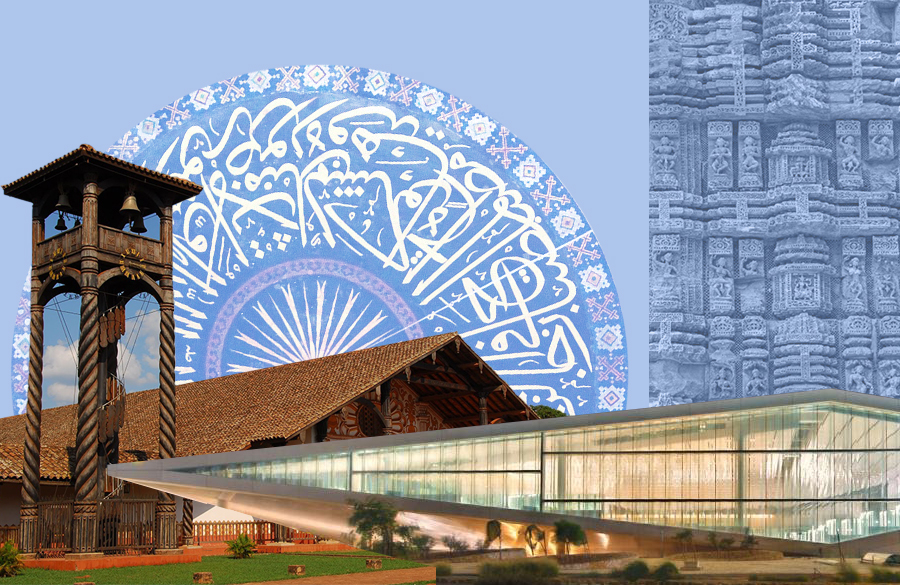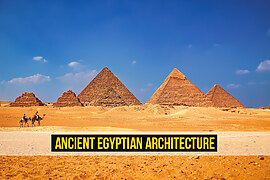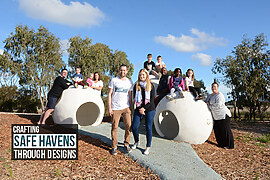“Monumentality in Architecture may be defined as a quality, a spiritual quality inherent in a structure which conveys the feeling of its eternity, that it cannot be added to or changed.” – Louis Kahn
Over the years, several structures have been regarded as monumental, the ones which had the potential to strike the minds of its viewers while sustaining through the order and progression of the upcoming generations. They have outlived the period they were built in, and have established a distinctive recognition, becoming a cultural and social symbol since they have come into existence.
For the viewers what might seem like a unique and unparalleled experience, is a sensitive and complex task for the architects to embrace and deliver. The monumentality in which the structure enchants is an outcome of several elements that are diligently incorporated into the design, collectively forming an expression.
The primitive examples of monumentality lead us back to the pyramids of Egypt, the Parthenon in Athens, or the Taj Mahal in India. While being immense in size and scale, what also makes these structures exemplary, are the devices such as the geometry, axis, materiality, and intangibles like light and shadow, making them one of their kinds since the time of their establishment. These structures not only went on to be recognized for their individuality but also became a heritage and a cultural symbol of their respective periods.

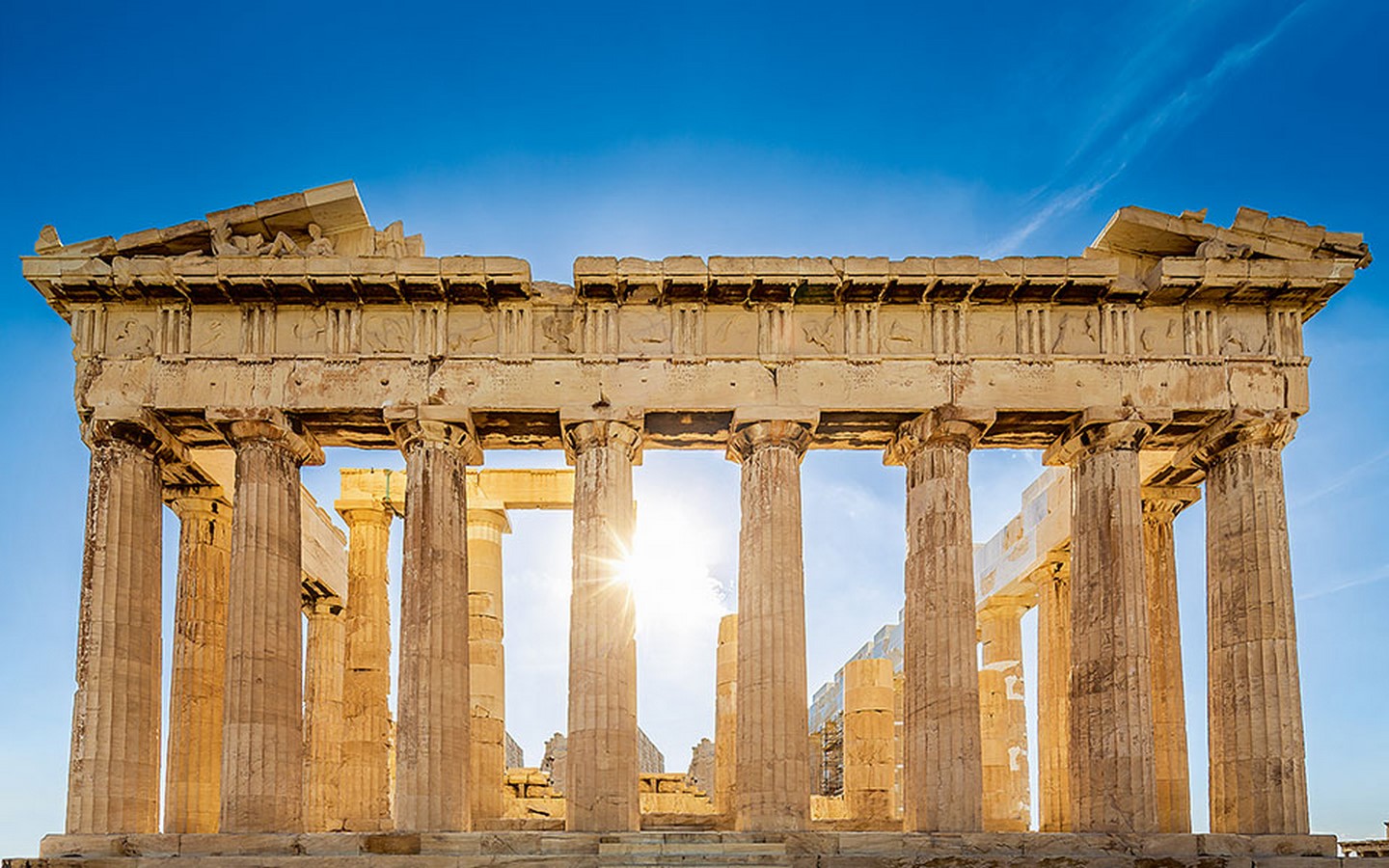
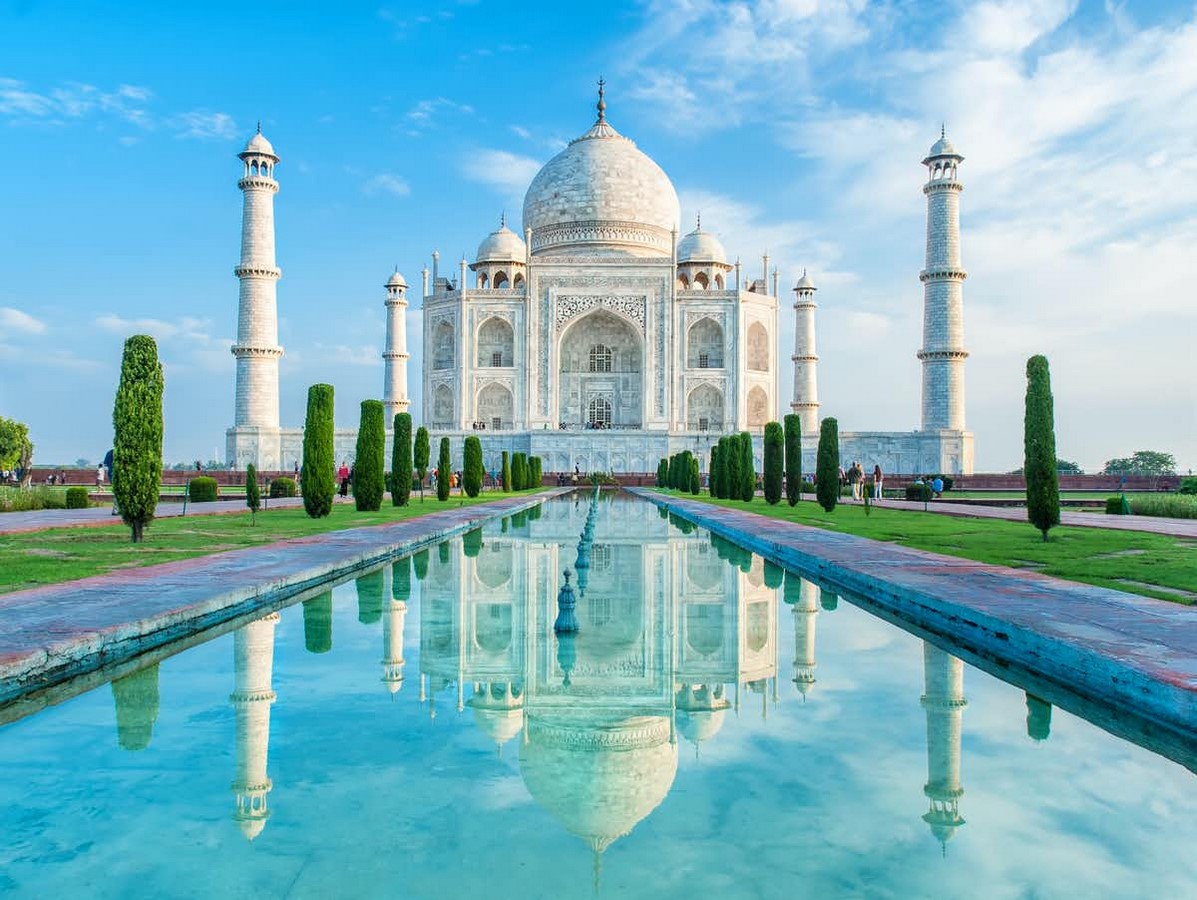
However, with the change in time and more so the approaches of the architects, the elements which contributed to the monumentality of a structure were differently perceived and executed. For instance, Louis Kahn who took inspiration from the traditional methods, went on to interpret these cues by implementing them into a different motion, employing the binaries like light – shadow, filled – void, and measurable – immeasurable to evoke feelings of the observer.
Unlike the several pseudo monumental structures being erected in that period, which deceived the viewers through their appearance and lacked in generating a transcendental experience, a few architects sought to attain monumentality while simultaneously perpetuating their style of architecture.
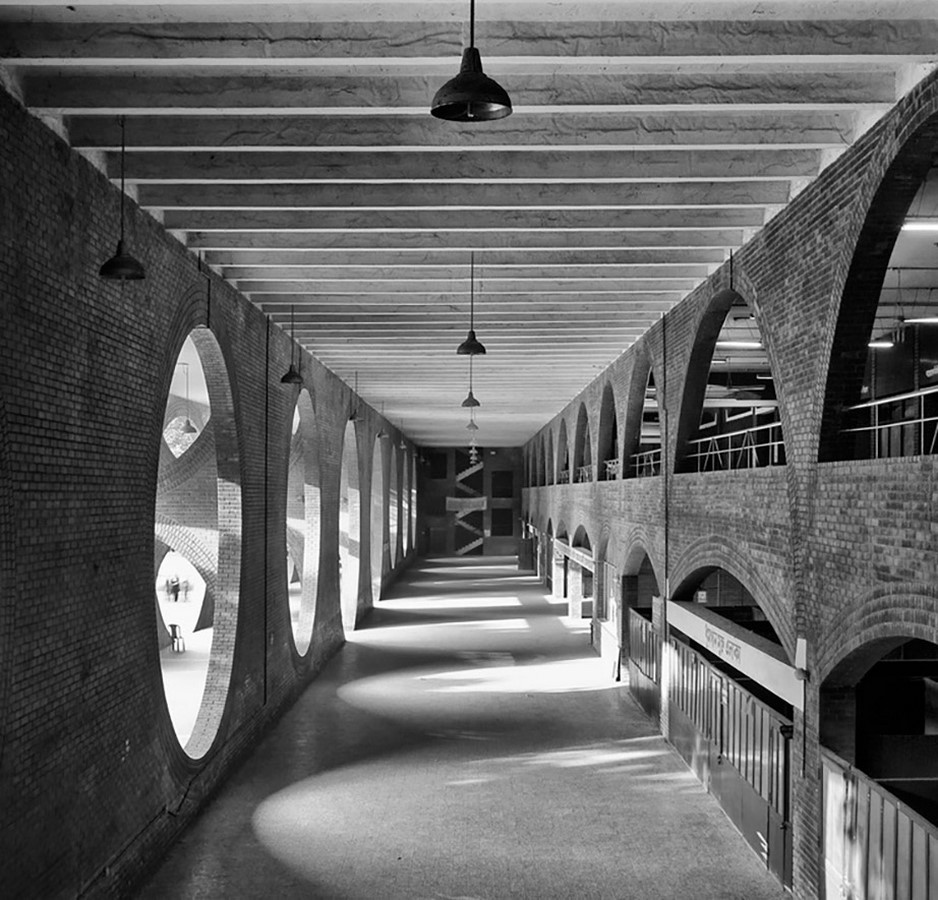
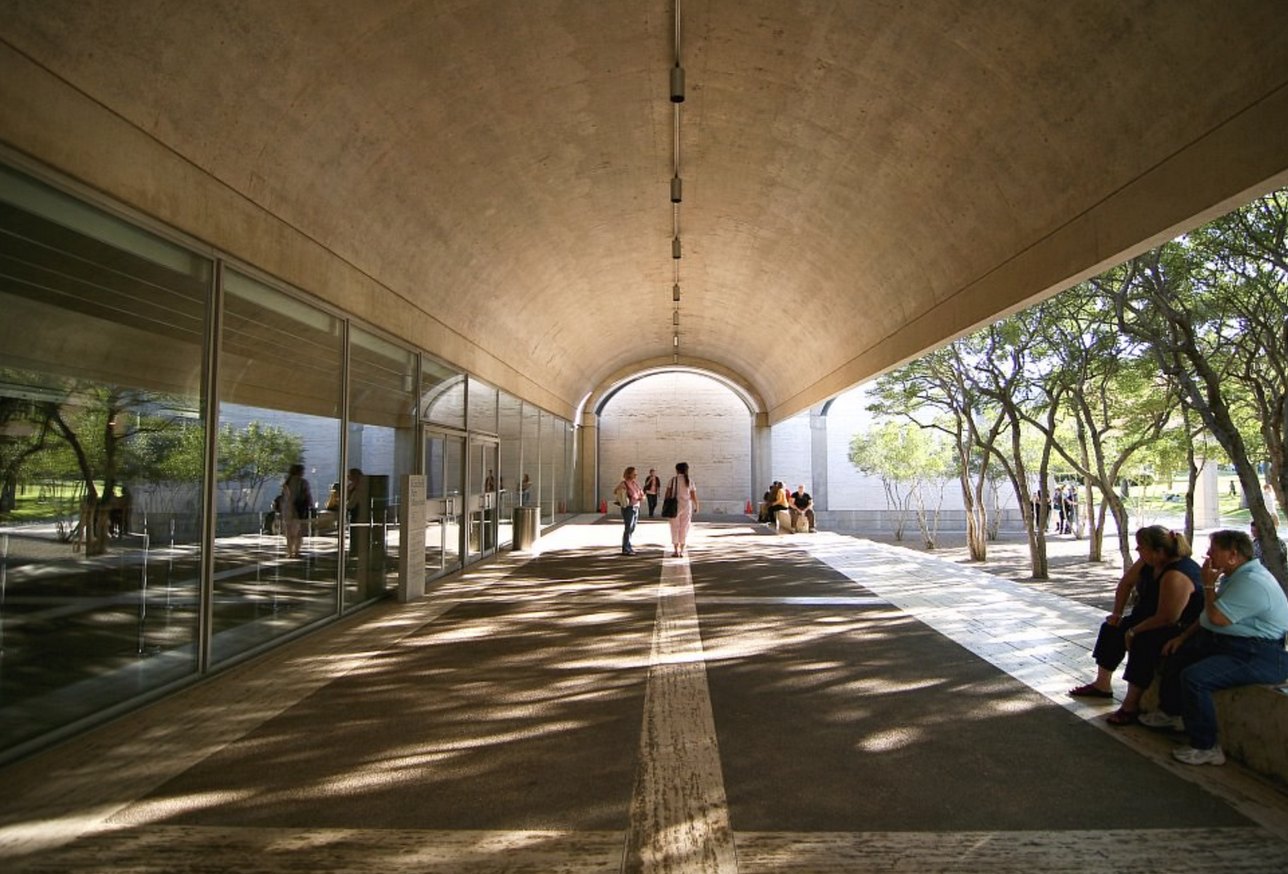
A noticeable difference between earlier and the upcoming structures was more pertinent to how the architects had developed an experimentation-seeking approach, supplemented by the emerging technology and materials. The incorporation of new technology and materials, along with the progressive thought processes of architects lead to the emergence of structures being timeless and inimitable.
For instance, the Guggenheim Bilbao Museum by Frank Gehry since its construction, became an exceptional structure, an art piece in itself, and developed a striking language of its own which the world had never encountered. The titanium facade, the curvilinear free forms, elaborate detailings, spatial disposition, the sublime application of light and shadow, and the intermingling art pieces of the museums collectively established an ethereal experience.
Unlike the primitive structures discussed earlier, the Guggenheim Museum did not characterize the period it belonged to, as the Taj Mahal did of the Islamic or the Parthenon did of the greek period.
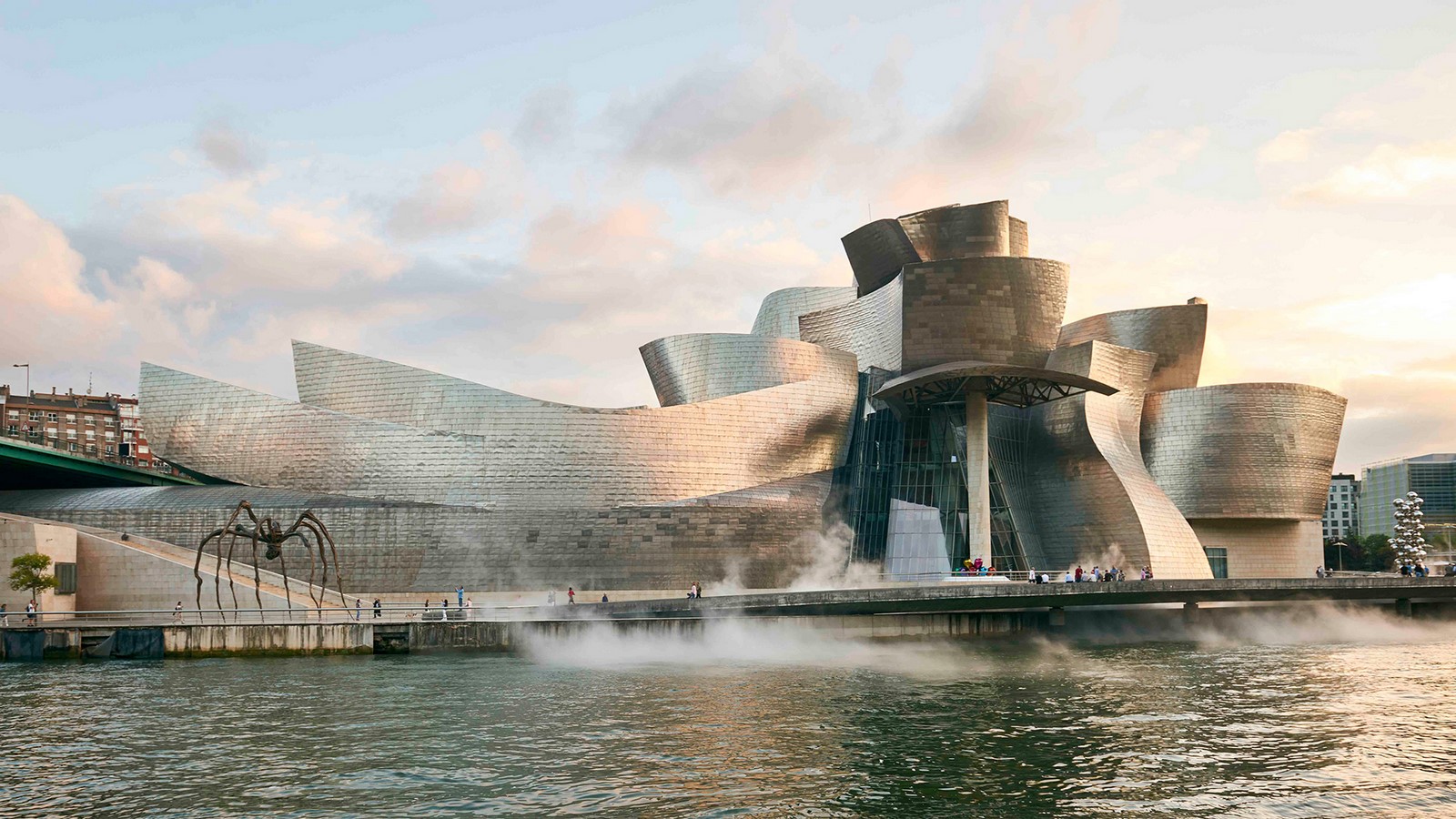
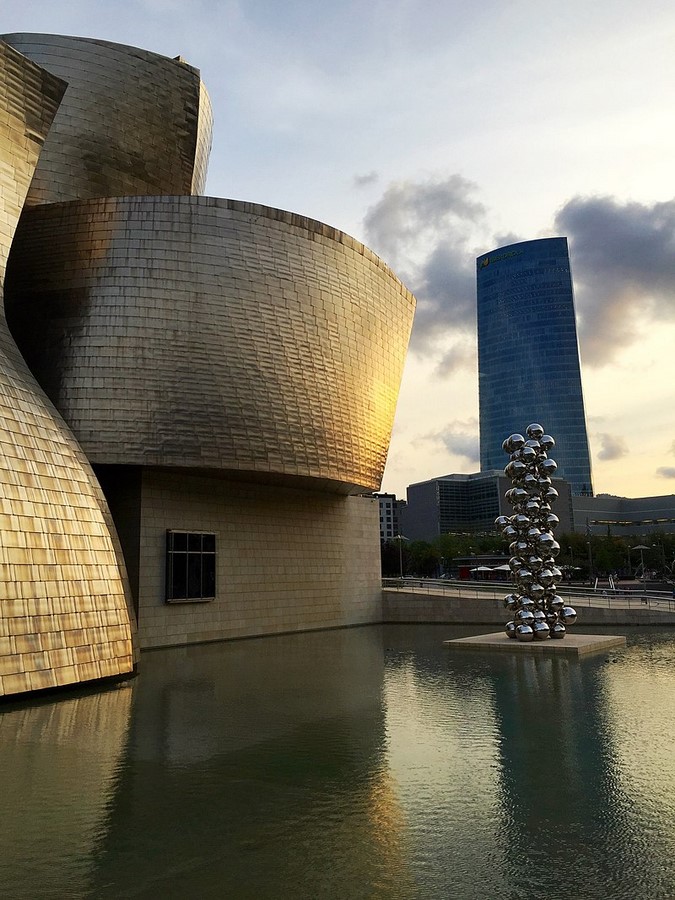
Since globalization and the advancement of technology, ‘monumentality’ has been analogized with the scale and the height of the structure. From the Chrysler Building and the Seagram building built in the early 1900s to Burj Khalifa built in the early 2000s, over the years, the trend has been widely followed throughout the world.
Although the fascination for the size of the structure has existed, there have been examples of similar periods that have demonstrated that structures with a comparatively smaller scale too, have had the caliber to resonate the ineffable emotion with the apt and significant application of the fundamental elements of the design.
Tadao Ando through his structures has been able to integrate a spiritual character into his structures through his vision and comprehension towards space, nature, material, and the intangibles.
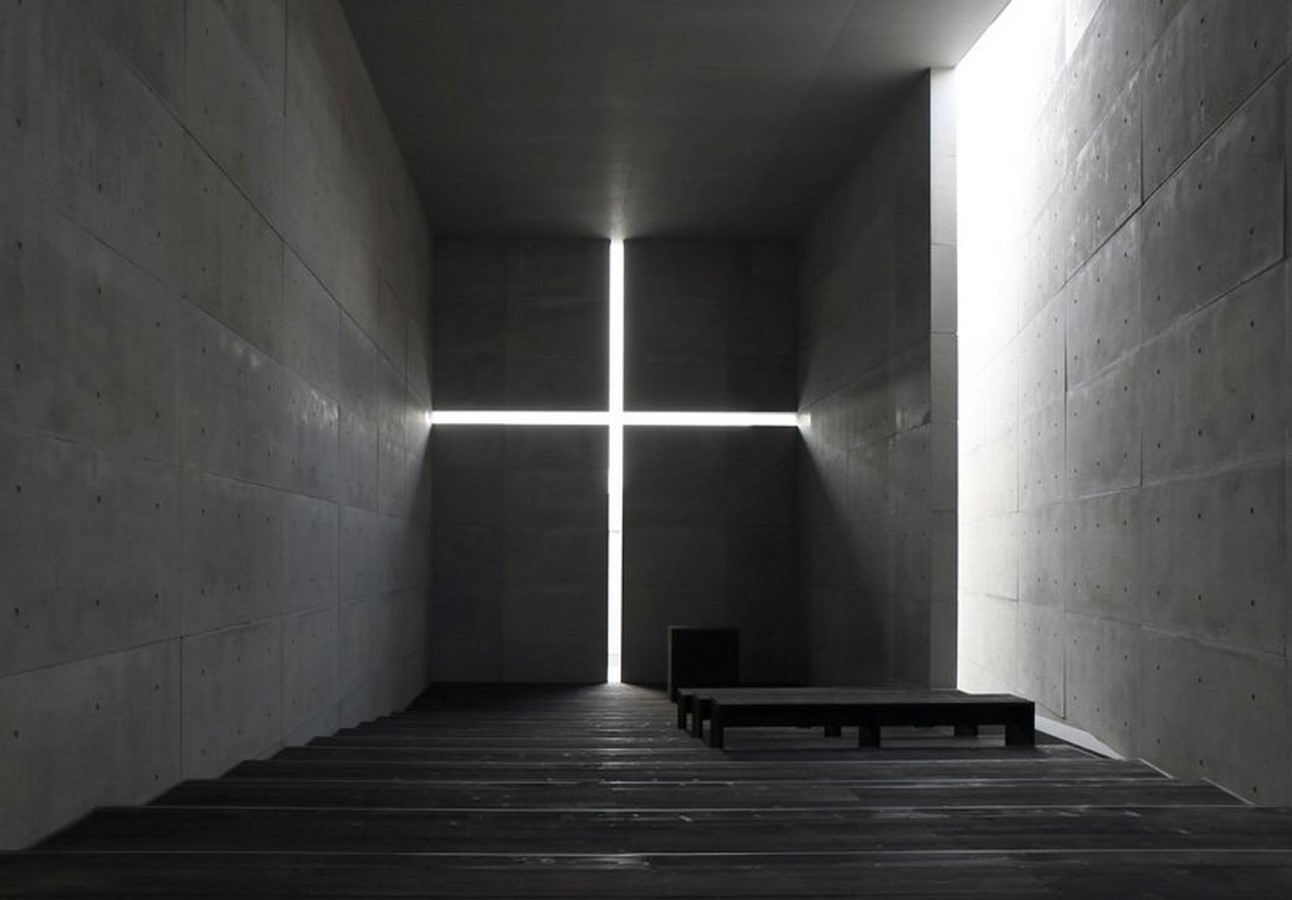
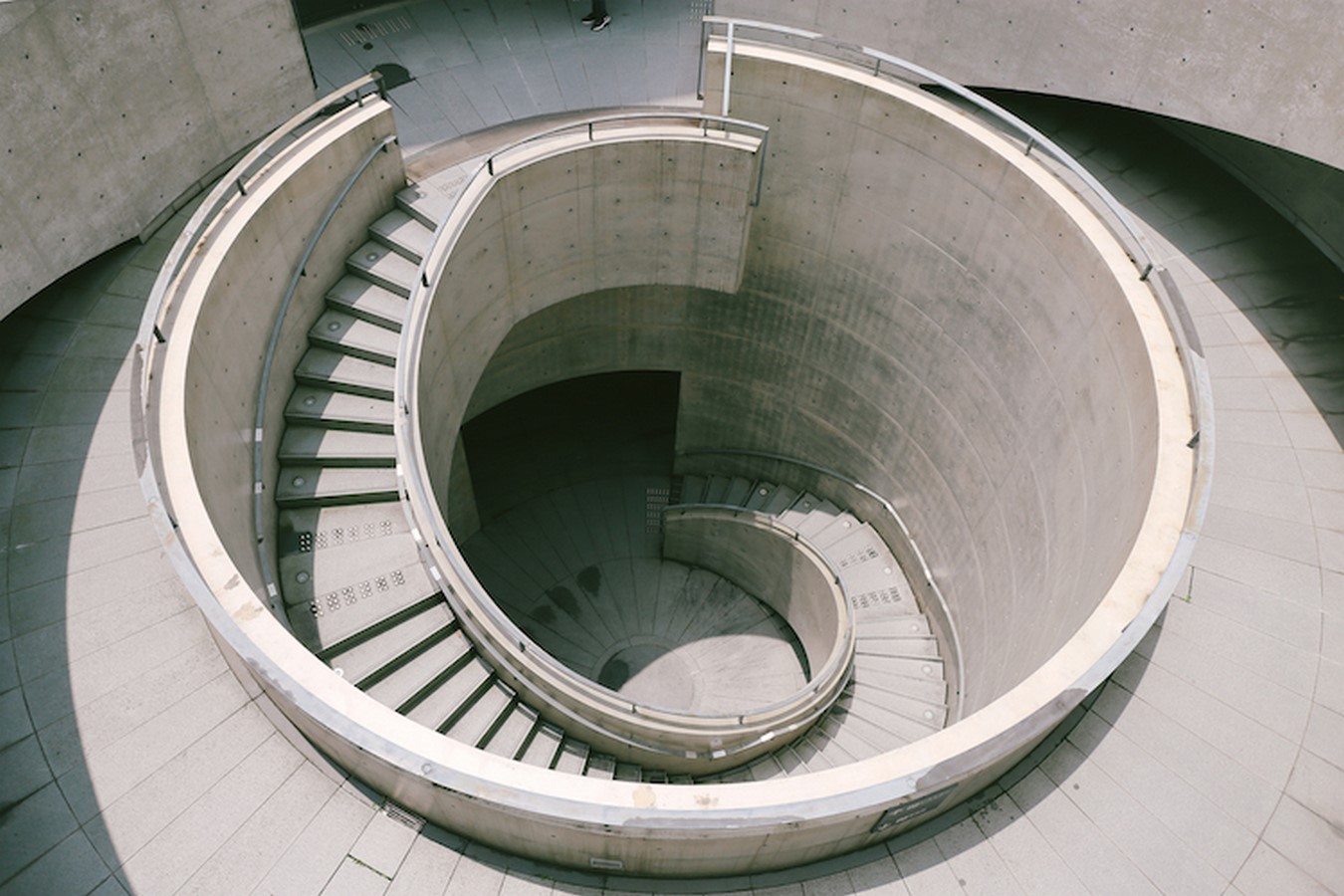
On the contrary, the symmetry and axis, an element that the earlier generations had thoroughly practiced and implemented into their designs, was challenged and countered by the upcoming architects. Architects such as Rem Koolhas, Zaha Hadid, Frank Gehry, Jean Nouvel, and many more, through their structures, expressed the need to explore through the forms and approaches, the segments which had been left untouched earlier. Through their unconventional forms, application of uncommon materials, and therefore by attaining an exceptionally unique experiential quality into their designs, they were able to introduce an aspect of monumentality that had never been encountered.
They too, like the early modernists, interpreted the features of monumentality through their distinctive lenses and incorporated them into their designs. For instance, Jean Nouvel in the Louvre Abu Dhabi, through the perforations integrated into the giant dome roof, creates an intangible motif of light and shadow over the floor.
On a different front, Renzo Piano in the Pompidou Centre introduced an entirely unusual aesthetic, that consisted of exposing the mechanical services on the facade and yet managing to create symbolism and harmony within these parameters.
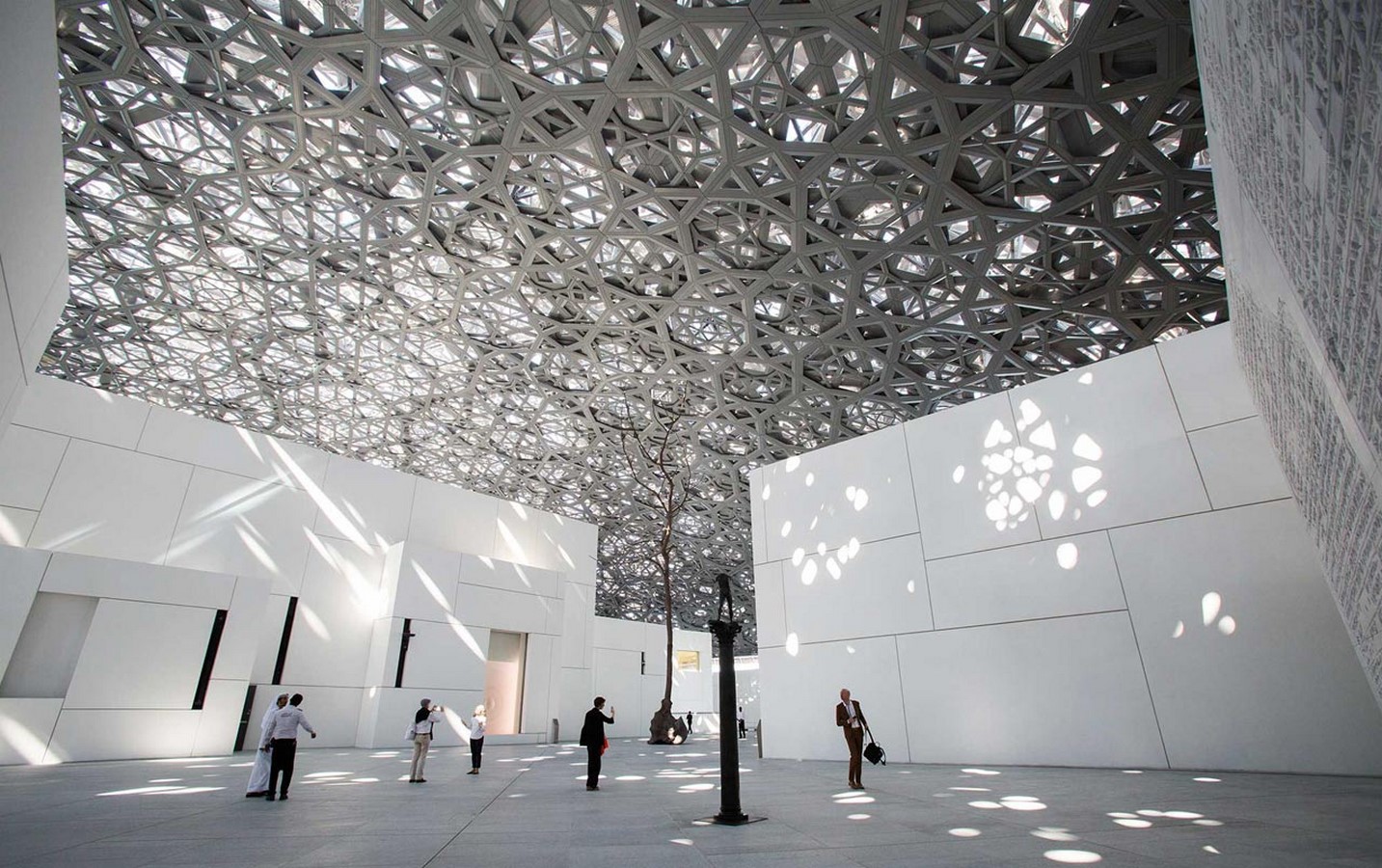
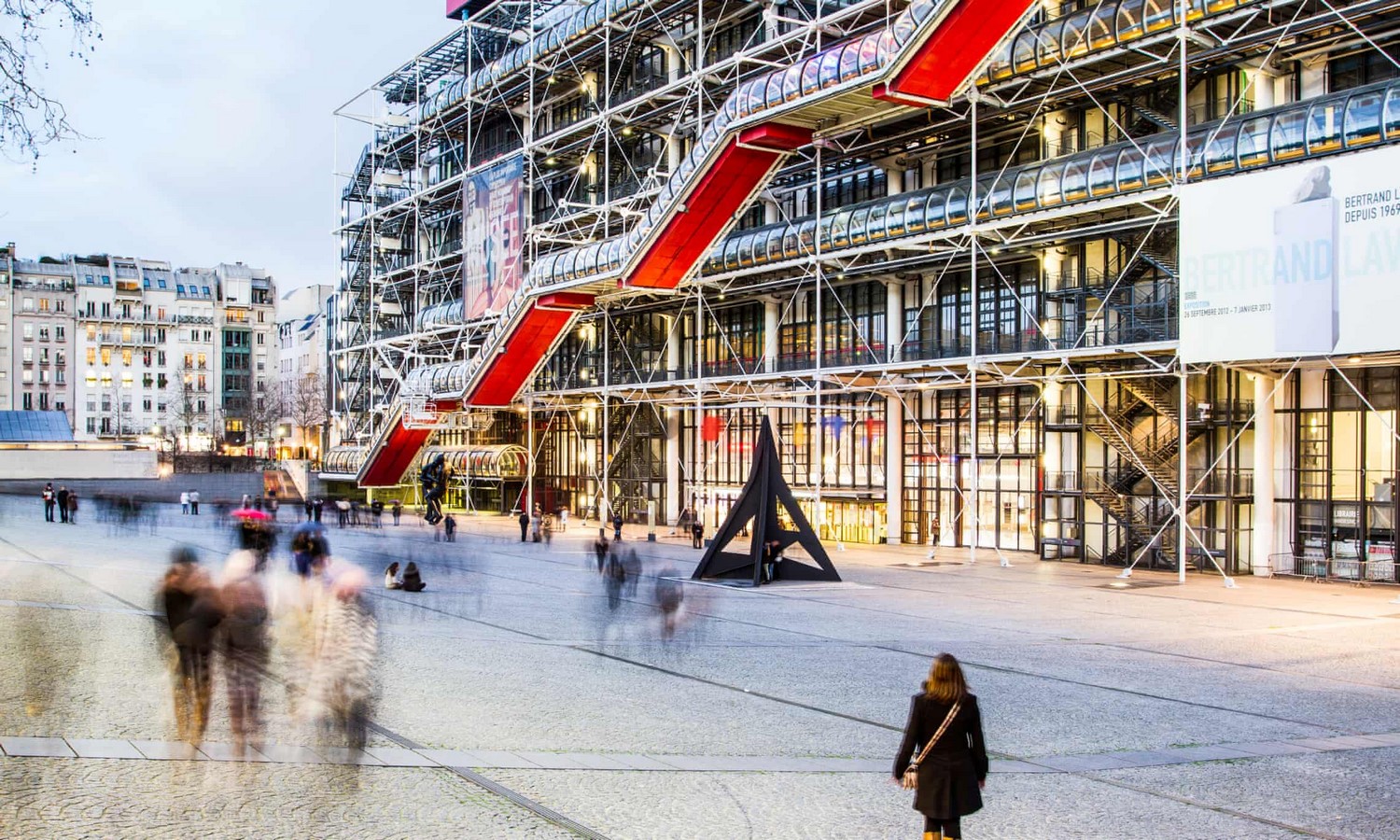
They take on ‘Monumentality’ by the architects over the years has gone through an immense transformation, while what has remained constant and necessary is the need to recognize, comprehend and consciously implement the fundamental devices which eventually make a structure to be called monumental.











